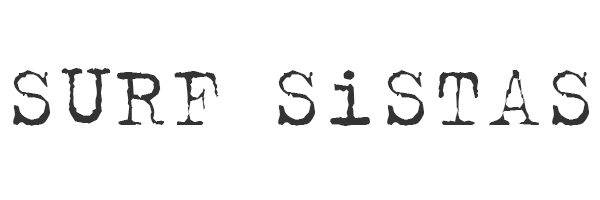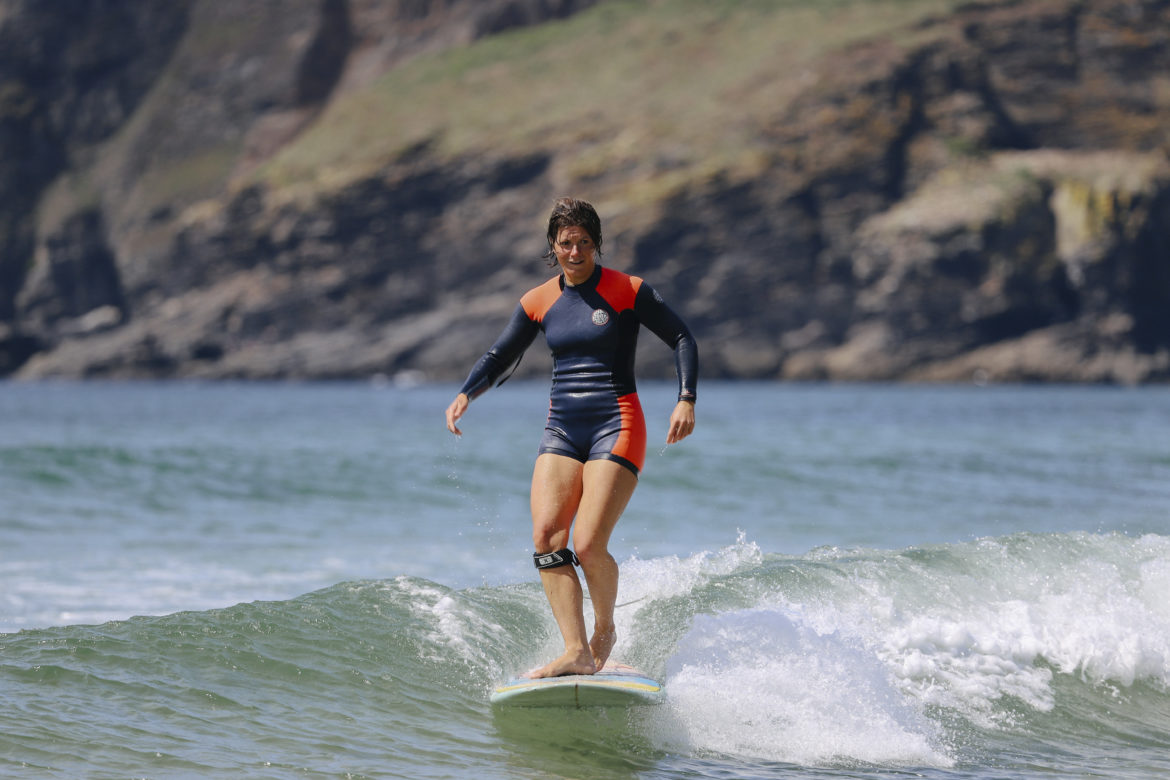Our longboard clinics and retreats are super popular. So we’ve decided to share some insights into what you may learn on a course with us! First up, Cross Stepping. We’ve broken down the cross step, step-by-step, and thrown in 3 key tips from our Surf Sistas coaches to help you get to grips with it.
So why do we want to cross-step?
Well, longboards are long – so you’ll need to move around the board to turn and trim. Unlike shortboards where you can simply apply more weight to the front foot to go faster and to the back foot to slow down, we use the entire board to change our speed. So we cross-step to control speed along a wave.
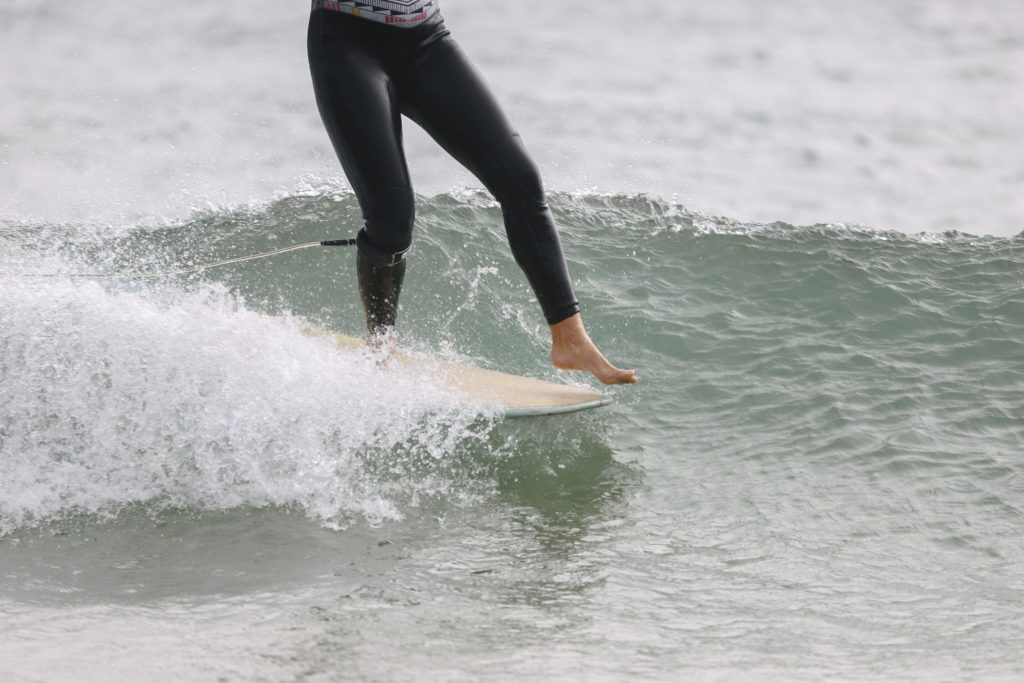
Not only is cross stepping an elegant way to control your board but is also serves a purpose. The motion of shifting your weight from one foot to the other to move keeps the board in the right position on the wave. If you shuffle your feet it is more likely that your board will lose the trim line as you are putting weight on and off your board.
Cross-stepping is only a part of noseriding, the motion of cross-stepping can be practised on any part of the wave. However to successfully get to the nose and perform a noseride you have to find the correct section of the wave, by which we mean the steep top third of the wave, have your rail and tail firmly secure in the wave and perform any kind of stall to slow the board down before gracefully speeding up your board by wandering up the deck to potentially hanging your toes over the nose. We will write another blog post on this!
How to Cross Step: Step by step.
- The first step (pun intended) is to work on stance. Try and be as loose as possible and really feel the board under your feet and get used to the feeling of the board on the wave.
- Start with your weight centred over your back foot, so you’re stacking your head, chest and hips. To make the first step shift your hips forward to transition your weight over your front foot. Now your back foot is not carrying weight, you can lift this foot and place it in front of your leading leg.
- Once this foot is placed down, you can pause here if you need to get use the feeling of standing crosslegged. Then to make the next step, shift your weight forward again using your hips and bring your back foot in front to make your next step, coming back into an uncrossed stance.
- You can keep repeating this process if there’s the opportunity to get to the nose of the board. Or you can pause at any point if you find yourself trimming nicely down the face of the wave.
- If you need to move back up the board, reverse the process, by shifting your weight over your back foot to bring your unweighted front foot behind.
- Remember to keep your feet facing sideways on and not pointing forwards to maintain stability.
3 Key Tips to help you!
1. SLOW IT DOWN
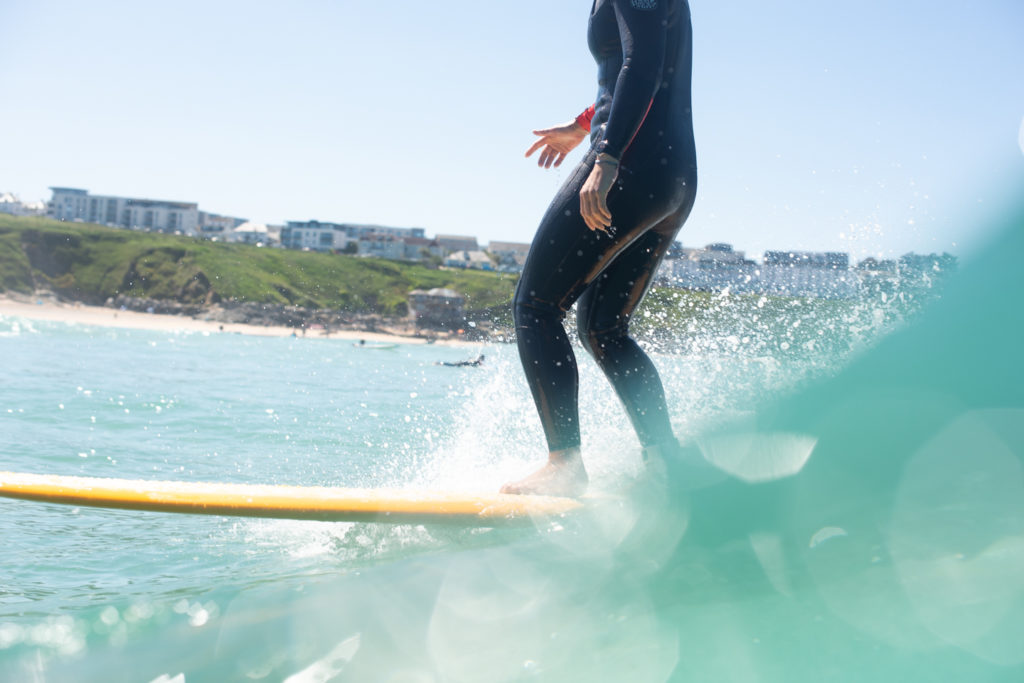
You’re likely dreaming of crostepping with finnesse up the board and securing a noseride. It is an incredible feeling. You might find the temptation once you’ve popped up to charged up the board to the nose! Not only is this not the most stylish approach, but you’re likely to take big hurried steps that cause the board to be unstable and increasing your chances of wiping out. And this is not a habit we want to reinforce.
Whilst lot’s of the pros, effortlessly reach the nose in seconds, the likelihood is that you’re reading this blog as you’ve not quite mastered the art yet. To start with. forget about getting to the nose and SLOW YOUR MOVEMENT DOWN.
Start off by taking one step and pausing to recentre yourself before taking another step forward. I would advise you even start by taking one step forward then one step back. Stepping backwards is equally important as you need to successfully move back to get over the fins if you need to make a trimming or carving turn.
Hint: Keep your centre of gravity (head and torso) above your feet as you move backwards. If your lean backwards too much the board will run away from you and you will fall off the back.
By starting off with one step at a time, making slow movement and getting your weight centred, your cross step will be more controlled and you’ll be setting yourself up for more success when you start to attempt noserides.
2. Practise on the land
It so beneficial to get used to the action of cross stepping on the ground. Start cross stepping around your house, at work or wherever else you can get some practice in.
To get used to being a bit more off balance, you could also practice on a wobble board or a slackline, or just a piece of narrow pavement! This will improve your muscle memory and directly help with your cross stepping when you are next in the water
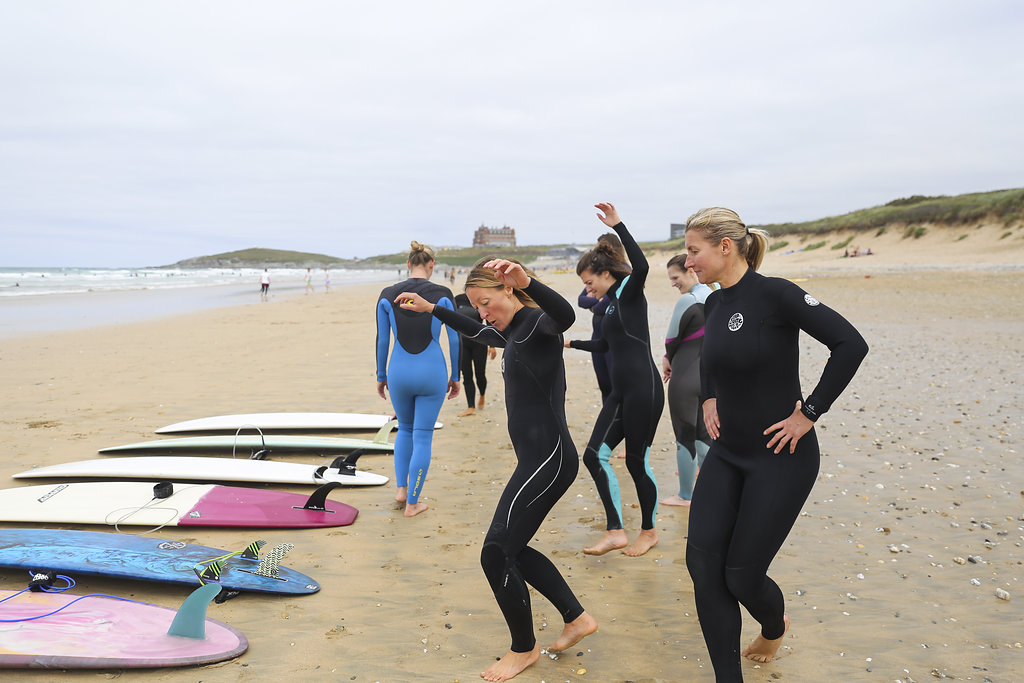
3. Commit to the cross step
Its so easy to make excuses and not cross-step, especially when the waves are really nice and you don’t want to mess them up! We can easily focus on not wiping out as a measure of success meaning we don’t allow ourselves to play around.
In reality when trying something knew like a crosstep, you’re gonna wipe out. A lot. So instead, try giving it a go once you’re popped up and are riding the wave. At this point you might not be in the perfect position on the wave, but don’t stress, the aim when you’re starting out if to get a feel for the movement.
Hint: if you surfing down to the bottom of the wave, that might not be the best time to step forward as you might nose dive.
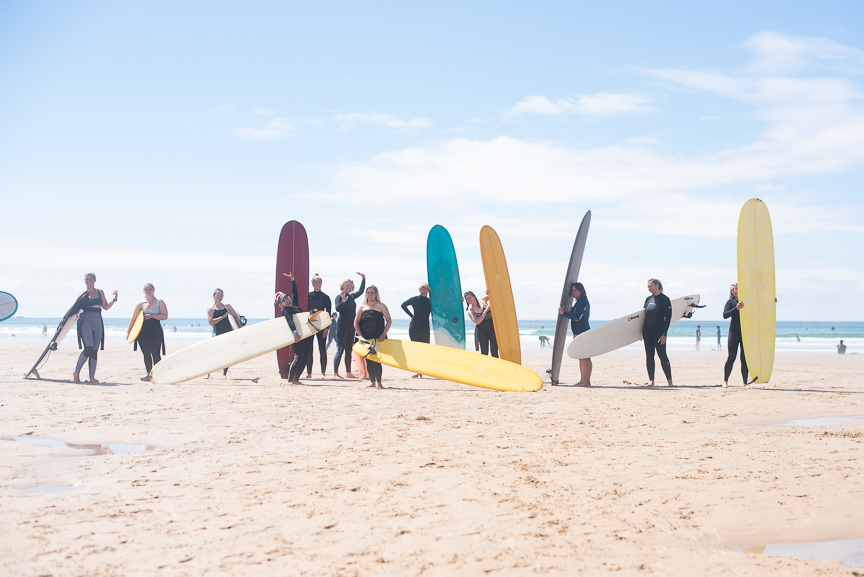
Come water dance with us!
Need some extra help getting your cross step dialled? Join us on a longboard clinic weekend, or a week in the longest point break in Morocco – Course dates being released soon – Sign up to our newsletter for exclusive first news!
Cross stepping is just one part of our courses, where you can learn all things longboard from technique to style.
